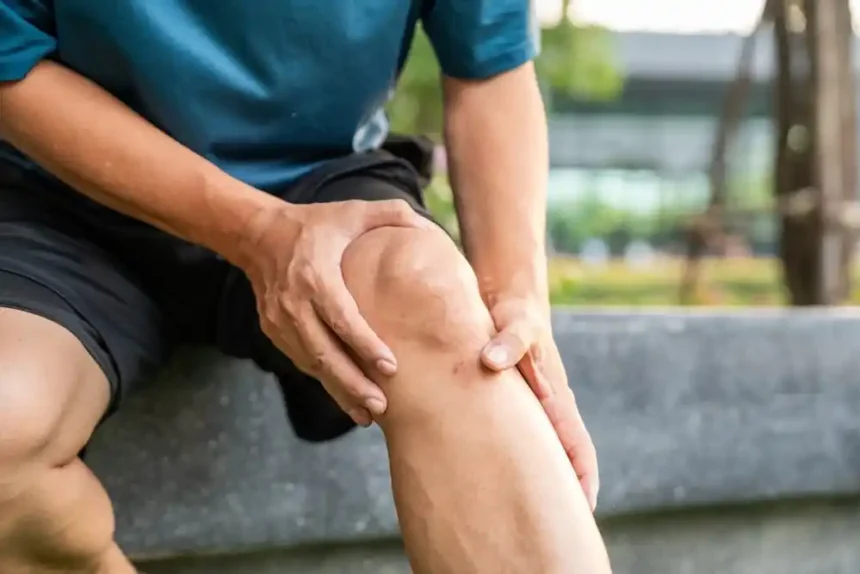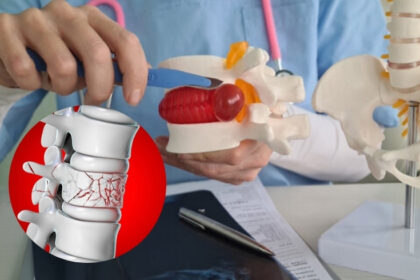Knee pain can interfere with daily activities, making even simple movements challenging. Whether caused by injury, overuse, or underlying conditions, recovering from knee pain requires a structured and thoughtful approach. It can be helpful to explore practical strategies to reduce discomfort, regain strength, and restore movement effectively.
Reduce Swelling with Rest
Rest is one of the best ways to reduce knee pain and swelling. After an injury or flare-up, excessive movement can exacerbate inflammation. Rest doesn’t mean complete immobility; it simply means avoiding high-impact activities and focusing on gentle care and rest. Elevating your knee above your heart and using ice packs for 15–20 minutes at regular intervals can further ease swelling. These steps help your knee heal naturally while preventing additional strain.
Strengthen Muscles with Exercise
Building the muscles around your knee is beneficial for reducing pain and preventing future injuries. Strengthening exercises improve joint stability, helping the knee withstand everyday stress. Below are several options:
- Straight Leg Raises: While lying flat on your back, keep one leg bent and lift the other leg straight up. This exercise targets the quadriceps, a muscle group for knee support.
- Wall Sits: With your back against a wall, slide down into a sitting position and hold for a few seconds. This engages multiple muscle groups, including the thighs and glutes, to enhance knee stability.
- Calf Raises: Stand with your feet shoulder-width apart and lift your heels off the ground, holding for a brief moment before lowering. This strengthens the lower leg muscles, which play a role in supporting knee movement.
Perform these exercises consistently but avoid overexertion. Always stop if you feel pain during activity.
Stretch Daily for Flexibility
Daily stretching is another component of knee pain recovery. Stretching helps reduce stiffness and improve the range of motion in and around the joint, allowing for smoother and less painful movements. Over time, maintaining flexibility in your muscles and tendons can also reduce the likelihood of re-injury.
Focus on stretches that target the muscles most closely connected to the knee. Hamstring stretches can help alleviate pressure on the joint, while calf stretches enhance overall leg mobility. Committing even 10–15 minutes per day to a stretching routine can make significant differences in your recovery and long-term knee health.
Support Movement with Bracing
Braces can provide additional support and stability for your knee during the recovery process. They work by limiting excessive movement, redistributing weight, and reducing the risk of further strain. Several types of braces are designed to address specific situations and needs:
- Compression Sleeves: Ideal for mild pain or swelling, these provide light support while maintaining flexibility.
- Hinged Braces: Often used during recovery from surgery or a significant injury, these provide more substantial support and allow for controlled movements to protect the joint.
- Patellar Braces: These devices focus on stabilizing the kneecap and are helpful for conditions such as patellar tracking issues.
Choosing the right brace depends on your situation, so consulting a professional to determine the best option for you is advisable.
Take Control of Knee Pain
Recovering from knee pain is a gradual process, but with the right strategies, you can regain mobility and comfort. Prioritize rest to reduce swelling, incorporate strengthening exercises, and stretch daily for improved flexibility. Using proper bracing can support your joint as you rebuild strength and function. By taking consistent, proactive steps, you will create a solid foundation for both short-term recovery and long-term knee health.









